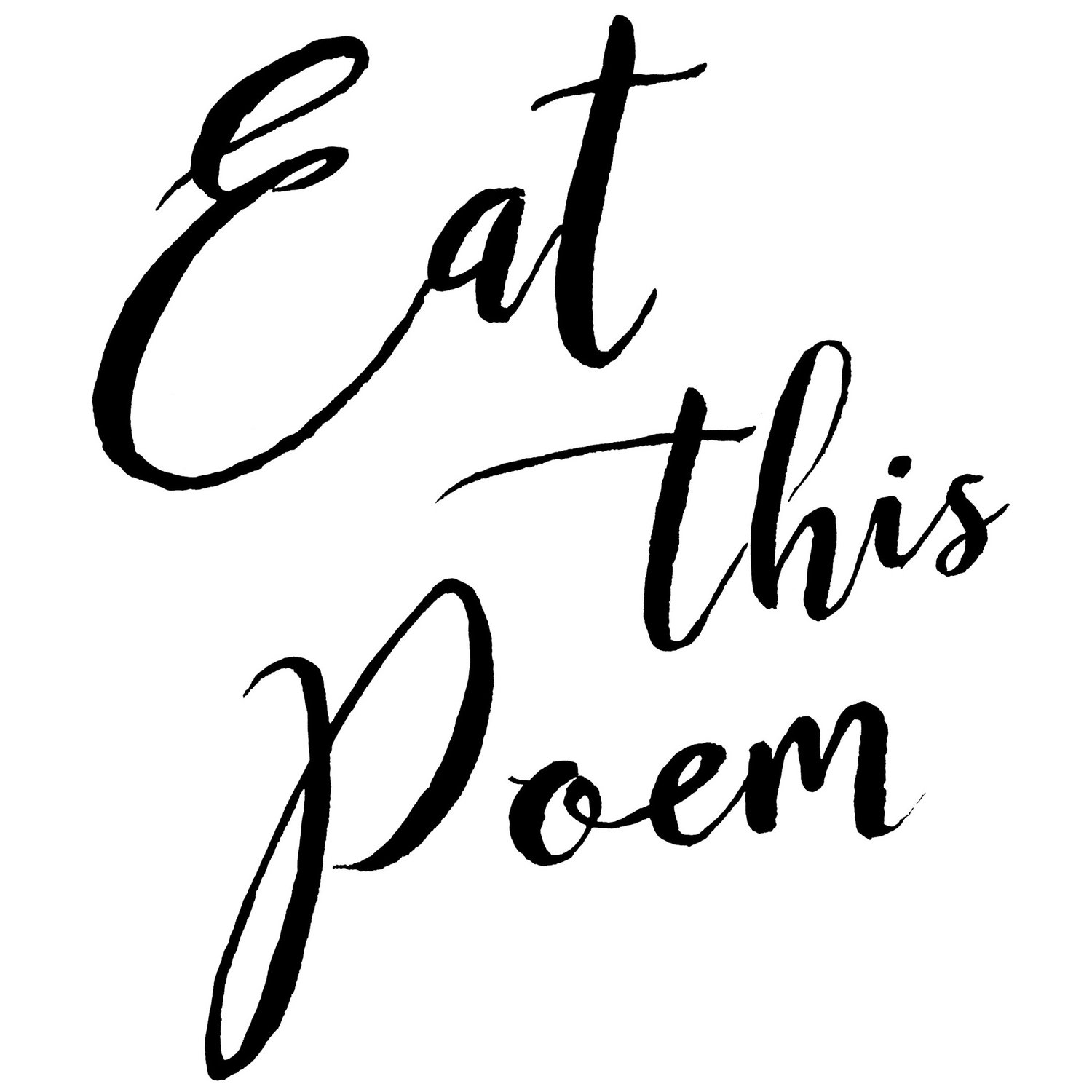Living with Poetry is an occasional series where we explore how poetry infuses our everyday lives. Catch up with past features here.
I've always held on to the belief that recipes and poems are not very different from one another. They both begin with building blocks like a turn of phrase or the turn of a whisk in a mixing bowl. A recipe cooked in my kitchen might look slightly different than in your kitchen, even if we use the same ingredients. A poem read today might resonate more when read again in six months. All of this is to say that I've been thinking about how recipes become part of you, the same way a poem might burrow itself under your skin when you've read it enough times and memorized a line or two. It's about turning over and over.
When we had friends over for dinner a few weeks ago, I set out to make pumpkin mac and cheese as a nod to the new season. I didn't use a recipe, because I've made mac and cheese so many times before that I knew it by heart. This is a time when the kitchen becomes a more magical place, because you're freed from standing over the counter, pointing with one finger at the list of ingredients before grating the cheese. You just move in one fluid motion from grating to whisking to stirring to boiling, and the meal comes together because you're steady.
Also, because you've likely made a mistake or two in the past.
You burnt the chocolate or smudged a word with an eraser. You boiled the pasta for two minutes too long or couldn't conceive of the right word to end the line. You learn. You grow. Wendell Berry puts it well in his poem "The Sycamore."
"Over all its scars has come the seamless white
of the bark. It bears the gnarls of its history
healed over. It has risen to a strange perfection
in the wrap and bending of its long growth.
It has gathered all accidents into its purpose."
-Wendell Berry, from "The Sycamore"
It has gathered all accidents into its purpose. I repeat this line again and again and think of writing, of cooking, of relationships, of false starts or wrong turns. It's a powerful reminder that there is a reason for everything.
For its part in this lesson, pumpkin has arrived. It's presence is why I didn't look at a recipe, and instead added a few heaping spoonfuls into the pot and whisked and whisked, and why I found myself realizing that all the recipes and repetition have become something else entirely. The recipes do not live on paper alone. They exist for us to make something of them, to know them, to become something we can trust and love and hold on to.
PUMPKIN MAC AND CHEESE WITH SAGE BREADCRUMBS
4 tablespoons unsalted butter
1/2 cup all purpose flour
3 cups whole milk
2/3 cup pumpkin puree
1/4 teaspoon nutmeg
1 teaspoon salt
Freshly cracked pepper
1 pound pasta
8 ounces gruyere, grated
4 ounces aged cheddar, grated
1/2 a baguette, torn into large pieces
4 to 5 sage leaves
2-3 tablespoons extra-virgin olive oil
Melt the butter in a large stock pot over medium heat and whisk in the flour to combine. Cook for 30 seconds, then slowly whisk in the milk. Cook, whisking occasionally, until the sauce has thickened and can coat the back of a spoon, about 10 minutes. Off the heat, whisk in the pumpkin, nutmeg, salt, and a few cracks of freshly cracked pepper. Whisk in the cheese.
While the sauce thickens, bring a large pot of water to a boil and cook the pasta for 6 minutes. (You want the noodles to be slightly undercooked; they'll finish cooking in the oven.) Drain and rinse with cold water to stop the cooking.
Add the pasta to the sauce and stir to combine. You'll hear a gooey, satisfying sound as the sauce begins clinging to the noodles. Pour the pasta into a large baking dish and set off to make the breadcrumbs.
Pulse the bread and sage in a food processor until small crumbs form. Add a pinch of salt, then drizzle in the oil until evenly coated. Spread the crumbs over the pasta.
You can prepare everything earlier in the day and keep the dish in the fridge until ready to bake. Before serving, bake at 350 degrees for 20 to 30 minutes, or until the cheese is bubbly and the breadcrumbs are golden brown.



